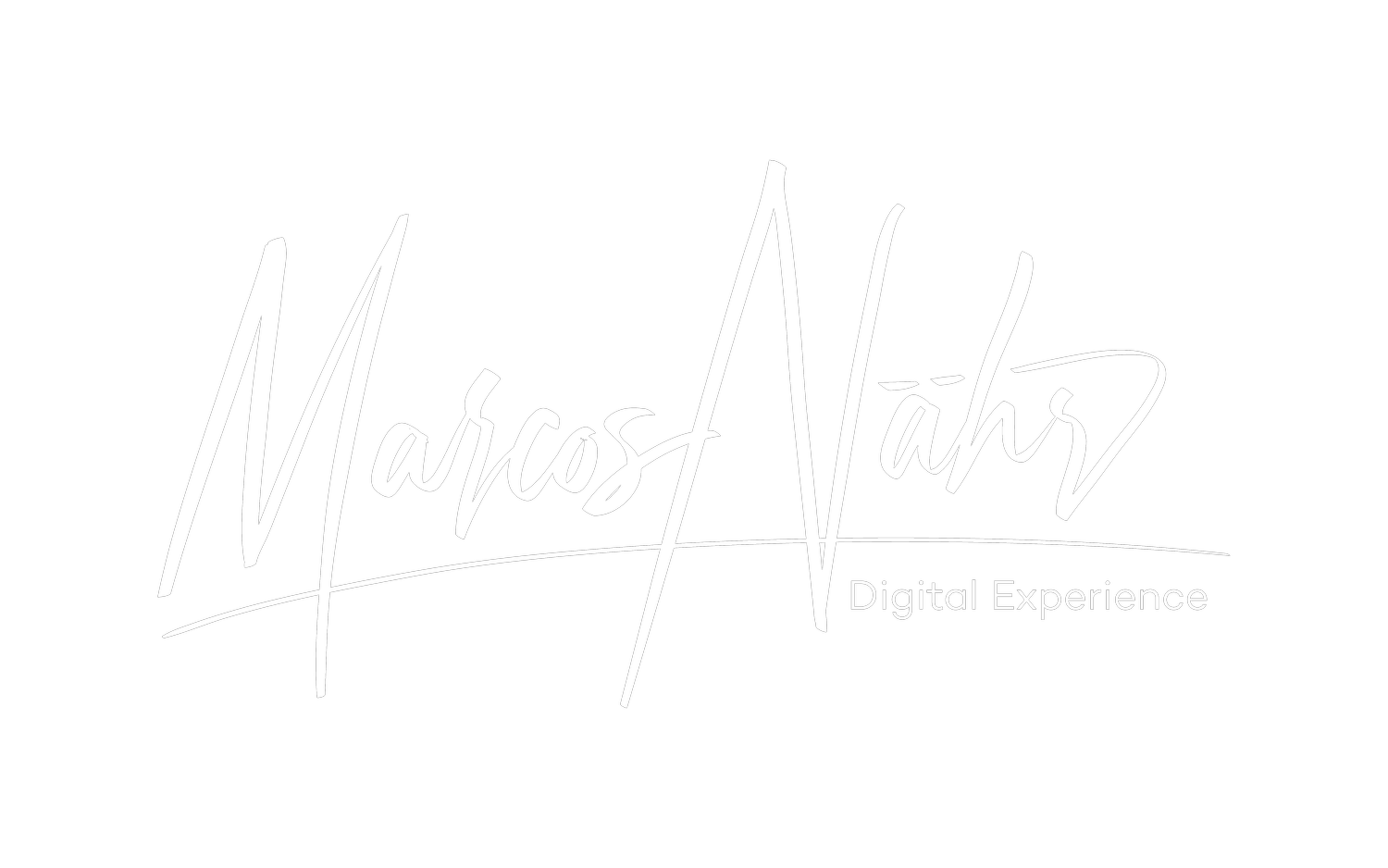Exploring the Intersection of Design and Physics
The world of design may seem far from the complexity of physics, which describes the fundamental laws governing the universe. However, when we explore the concept of a Design Language System (DLS) through the lens of physics analogies, we discover an intriguing connection that enhances our understanding. By examining the parallels between these two disciplines, we can unravel the intricate tapestry of a DLS and its profound impact on creating cohesive and impactful design experiences. As the renowned physicist Richard Feynman once said, "Nature uses only the longest threads to weave her patterns so that each small piece of her fabric reveals the organization of the entire tapestry."
"Nature uses only the longest threads to weave her patterns, so that each small piece of her fabric reveals the organization of the entire tapestry." - Richard Feynman
The Laws of Design: Establishing Fundamental Principles
In physics, fundamental laws govern the behavior of matter and energy. Similarly, a DLS establishes the fundamental principles that guide the behavior and aesthetics of a design. Just as Newton's laws of motion shape the physical world, a DLS ensures consistency, coherence, and a unified experience across diverse products and interfaces. As the designer Khoi Vinh asserts, "Design systems provide a set of constraints and guidelines that reduce the likelihood of missteps and help teams maintain consistency."
"Design systems provide a set of constraints and guidelines that reduce the likelihood of missteps and help teams maintain consistency." - Khoi Vinh
Atomic Elements: Building Blocks of Design
Atoms, the building blocks of matter, possess unique characteristics and combine to form the diverse array of materials we encounter. In a DLS, atomic design elements, such as buttons, typography, icons, and colors, serve as the foundation of the system. These elemental components, when skillfully arranged and combined, create a harmonious visual language. As the influential designer Massimo Vignelli once said, "Styles come and go. Good design is a language, not a style."
"Styles come and go. Good design is a language, not a style." - Massimo Vignelli
Forces and Interactions: Guiding User Experience
Physics describes how forces and interactions between objects shape their motion and behavior. Similarly, a DLS governs the forces and interactions between design elements. The spacing, alignment, and hierarchy of elements create visual relationships that guide the user's attention and enhance usability. Just as the physicist Isaac Newton stated, "We build too many walls and not enough bridges." A well-designed DLS builds bridges between design elements, fostering a seamless and intuitive user experience.
"We build too many walls and not enough bridges." - Isaac Newton
Conservation Laws: Maintaining Design Integrity
Conservation laws in physics emphasize the preservation of certain properties within a system. In a DLS, design properties, such as visual consistency, branding elements, and user interface patterns, are conserved to maintain a coherent and recognizable design language.
The Role of Feedback: Iterative Refinement In both physics and design, feedback plays a crucial role in refining and improving systems. In physics, feedback mechanisms help stabilize complex systems such as the Earth's climate. Similarly, user feedback helps designers refine and improve products, ensuring they meet the needs and expectations of their users. A well-designed DLS incorporates feedback loops that enable teams to iterate and improve the design language over time, creating increasingly refined and impactful experiences.
"Design is a constant feedback loop, where understanding the user's needs and iterating on solutions leads to the creation of meaningful experiences." - Tim Brown
Flexibility and Adaptation: Designing for Change
Physics teaches us about the flexibility and adaptability of objects in response to external forces or conditions. Similarly, a DLS allows for flexibility and adaptation in design. Its guidelines and components can be adjusted and scaled to fit different screen sizes, platforms, or user needs. The acclaimed physicist Albert Einstein noted, "The measure of intelligence is the ability to change." A DLS empowers designers to intelligently adapt and evolve their designs while maintaining the integrity of the system.
"The measure of intelligence is the ability to change." - Albert Einstein
Emergent Properties: Unveiling Coherent Design Experiences
In physics, emergent properties arise from the interaction and organization of simple elements, giving rise to complex behaviors or phenomena. Likewise, a DLS enables the emergence of consistent and coherent design experiences through the interaction and combination of its atomic elements. The designer Nathan Curtis emphasized this notion, stating, "Design systems aren't a singular artifact but rather a network of elements that can join, separate, and recombine to accommodate the needs of diverse products."
"Design systems aren't a singular artifact but rather a network of elements that can join, separate, and recombine to accommodate the needs of diverse products." - Nathan Curtis
Just as our understanding of the universe and its elements continues to deepen, evolve, and become more accurate over time, so too do our concepts of Design Language Systems (DLS). Physics teaches us that knowledge expands through continuous exploration, experimentation, and refinement. Similarly, the world of design is a dynamic and ever-evolving domain where DLSs serve as the guiding principles and tools for creating cohesive and impactful design experiences.
